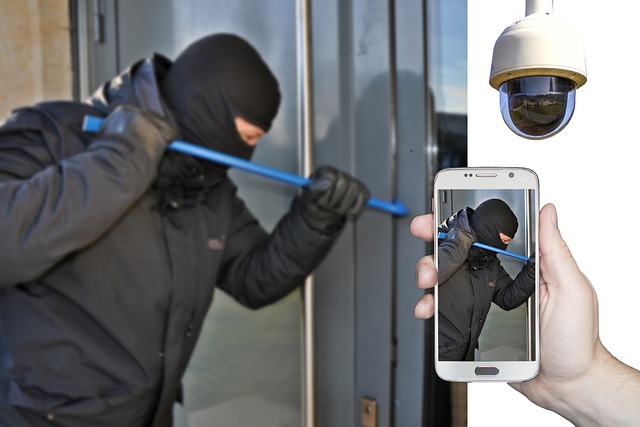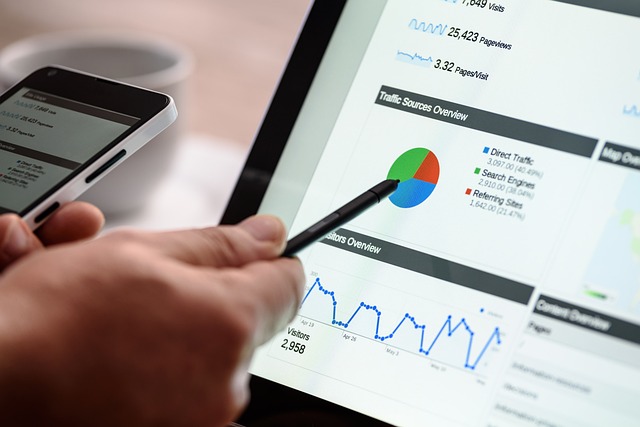Shielding Your Assets: Effective Physical Security Practices for Businesses

In today’s rapidly evolving business landscape, safeguarding your assets is more crucial than ever.
While digital security often takes center stage, physical security remains a fundamental aspect that should not be overlooked. Smart alarm management, the first of many layers of defense, can play a pivotal role in fortifying your business against potential threats.
In this blog post, we’ll delve into the importance of smart alarm systems and explore a range of creative and effective physical security practices that businesses can implement.
1. Smart Alarm Management: The Guardian of Physical Security
Imagine a vigilant guardian that never sleeps, ready to raise an alert at the slightest sign of intrusion. Smart alarm systems such as evalink are the embodiment of this guardian, tirelessly monitoring your business premises 24/7.
But why stop at just basic alarm systems?
Step 1: Cutting-edge Sensor Technology
Utilize cutting-edge sensors that can detect a variety of factors beyond mere movement. Incorporating temperature, humidity, and even sound-level sensors can provide a comprehensive understanding of your business environment.
For instance, sudden fluctuations in temperature or unusual noises can trigger alerts that might indicate unauthorized access.
Step 2: Customizable Alert Hierarchies
Not all alarms are created equal. Smart alarm systems allow you to define multiple levels of alerts based on severity.
For instance, a minor disturbance might trigger a silent alert to security personnel, while a serious breach might activate a loud siren that deters intruders and alerts nearby authorities.
Step 3: Integration with Surveillance
Why rely solely on auditory alerts? Integrate your smart alarm system with surveillance cameras. When an alarm is triggered, cameras can automatically pan to the triggered area, allowing you to visually assess the situation remotely.
This integration enhances your ability to make informed decisions in real-time.
2. Beyond Alarms: A Multilayered Approach
While smart alarm management lays a strong foundation, a multilayered approach to physical security provides an even more robust shield against potential threats. Consider these additional strategies:
Surveillance Wisdom
Surveillance cameras are more than just recording devices; they’re watchful eyes that never blink. Position cameras strategically to cover blind spots, entrances, and high-value areas. Opt for cameras with night vision capability to ensure round-the-clock monitoring.
Access Control Mastery
Limiting access is a cornerstone of physical security. Implement a sophisticated access control system that utilizes keycards, biometrics, or even facial recognition. By granting access only to authorized personnel, you reduce the risk of unauthorized entry.
Lighting Vigilance
Lighting isn’t just about aesthetics; it’s a powerful deterrent. Well-lit premises discourage criminals by eliminating hiding spots. Motion-activated lights add an extra layer of surprise, catching intruders off-guard.
3. The Human Element: Training and Response
Even the most advanced security systems can benefit from a well-prepared and trained staff. In emergencies, human intuition and action can make all the difference.
Comprehensive Training
Train your employees to recognize potential threats and respond appropriately. Conduct regular drills to ensure everyone knows their role in the event of an emergency. This level of preparedness can mitigate risks and prevent panic-induced mistakes.
Emergency Communication
Establish a clear communication protocol for emergencies. Ensure that employees know how to raise alarms, contact security personnel, and notify authorities. Quick and effective communication can minimize damage and help resolve situations swiftly.
4. Smart Technology Integration for Enhanced Security
Embrace the synergy of technology by integrating various smart devices that work in harmony to bolster your physical security.
Smart Locks
Upgrade your traditional locks to smart locks that can be controlled remotely. This allows you to grant access to authorized individuals even when you’re not physically present.
Geo-Fencing
Geo-fencing technology enables you to create virtual perimeters around your business premises. When an authorized device enters or exits these boundaries, alerts can be triggered, ensuring you’re always informed about the comings and goings.
Data Analysis for Proactive Measures
Leverage data analytics to identify patterns and anomalies. By analyzing past incidents and trends, you can take proactive measures to address vulnerabilities before they’re exploited.
5. Regular Audits and Adaptation
The world of security is in constant flux, with new threats emerging regularly. Regular security audits are essential to assess the effectiveness of your physical security measures and adapt as needed.
Scheduled Assessments
Schedule periodic assessments to evaluate the state of your security systems. This can include testing alarm responsiveness, reviewing surveillance footage, and checking the functionality of access control systems.
Stay Informed
Stay abreast of the latest security advancements and trends. Join industry forums, attend workshops and network with experts. By staying informed, you can continuously fine-tune your security practices.
Conclusion
Effective physical security for businesses is not a one-size-fits-all endeavor. It’s a dynamic combination of smart alarm management, strategic planning, and the integration of cutting-edge technology.
By adopting a multilayered approach that encompasses surveillance, access control, employee training, and data analysis, you can create a fortified defense that safeguards your valuable assets and ensures the continuity of your business operations.
Remember, investing in physical security isn’t just about protecting what you have today; it’s about securing your future success.






